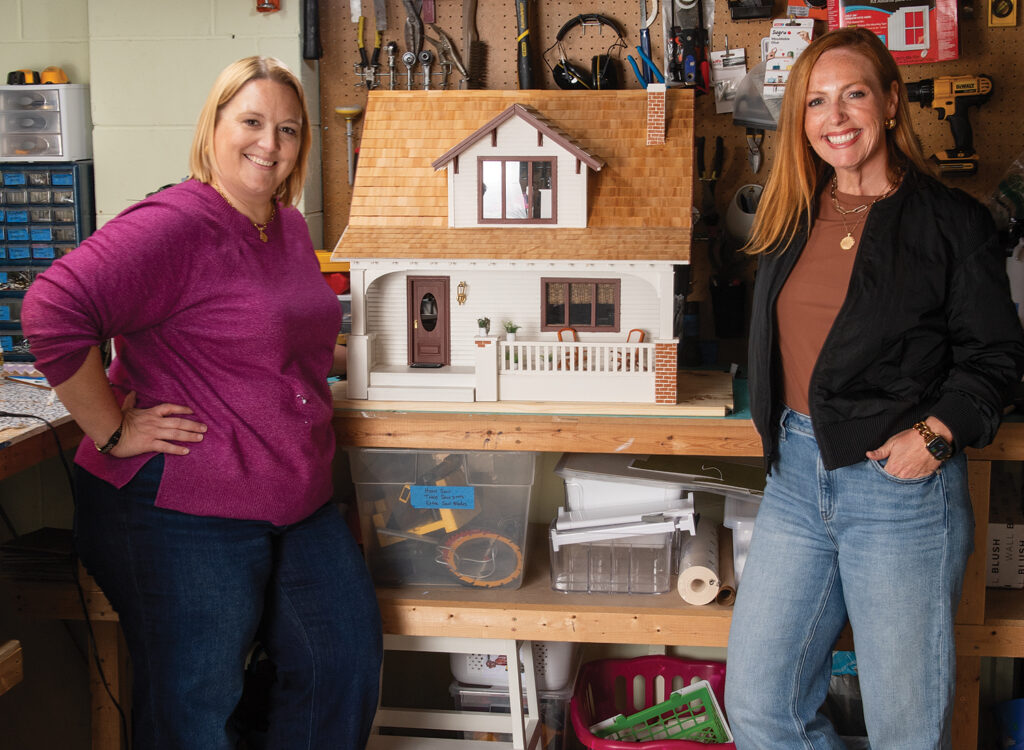The Elbert Files: Our productivity conundrum

DAVE ELBERT Nov 7, 2017 | 7:23 pm
3 min read time
617 wordsBusiness Record Insider, Opinion, The Elbert FilesEconomist Jim Paulsen made an interesting observation recently when he noted that economic productivity has grown more slowly during the current recovery than during any other recovery since World War II.
Since the last recession, which ended in 2009, productivity has grown an average of barely more than 1 percent a year, Paulsen said in a newsletter for the Leuthold Group of Minneapolis.
During other economic recoveries from the 1960s on, he noted, productivity growth mostly averaged between 2.2 percent and 3.6 percent, making the current recovery an anomaly.
The significance is that low productivity growth makes it virtually impossible for the United States economy to grow at the 3 percent-plus rate that President Donald Trump and others would like.
A common way to increase productivity is for businesses to invest in new technologies that allow individual workers to decrease the per-unit cost of producing goods or services.
In my own industry, the invention of typewriters and typesetting machines during the 19th century significantly improved the productivity of print publications, just as the invention of computers and digital typesetting did during the 20th century. And social media is doing now, albeit on a much more destructive basis.
One of the problems businesses struggle with is finding ways to make productive use of technological breakthroughs.
A story that comes to mind is the invention Terfenol-D, a “magic metal” that was originally developed by the Navy during the 1970s to improve underwater sonar. During the 1980s, development moved to the Ames Laboratory on the Iowa State University campus, because the lab has extensive experience with rare metals.
For a time, the possibilities seemed limitless.
Terfenol-D has a high magnetic polarity. “In layman’s terms, it expands and contracts on demand, creating precision vibrations that can be used to micro-position industrial cutting tools,” as well as to deconstruct other complex substances, like automobile tires.
That’s what I wrote in a 2003 article about the “super metal.”
As it turned out, the range of applications for Terfenol-D was a bit too futuristic. The possibilities were too disruptive. Fitting it into the existing manufacturing environment would have required rethinking and re-engineering huge sectors of our production economy.
Maybe that will happen at some point, but it hasn’t yet.
Beyond technology, there are other factors that can improve productivity, including the education and experience of workers, mobility of the labor force and the regulatory environment.
The most significant variable, though, is investment spending. Without increased investment, few businesses can grow. Businesses need money to hire more workers, invest in new technologies and build new plants.
And there we have a conundrum, because Paulsen argues that the ability of the private sector to invest is higher now than at any time in recent history.
Instead of investing in new operations, though, too many businesses today use increased profits to pay higher dividends to shareholders or to buy back stock.
Both actions have the same effect: They increase the value of a company’s stock.
But they don’t make businesses stronger. They don’t improve product lines. They don’t make operations more competitive.
Higher dividends and stock buybacks are short-term strategies that are popular with investors, but they do nothing for long-term growth and viability.
Another thing that isn’t helping is government spending.
The massive rebuilding of public infrastructure that President Barack Obama sought might have spurred new productivity growth, but it never got off the ground. And campaign promises by Trump to rebuild infrastructure now seem equally unlikely.
Finally, Paulsen said, “productivity is being impacted by aging demographics.”
The baby boomers, who are now entering retirement, he said “are much more experienced and productive” than the generations that have come of age in more recent years.










